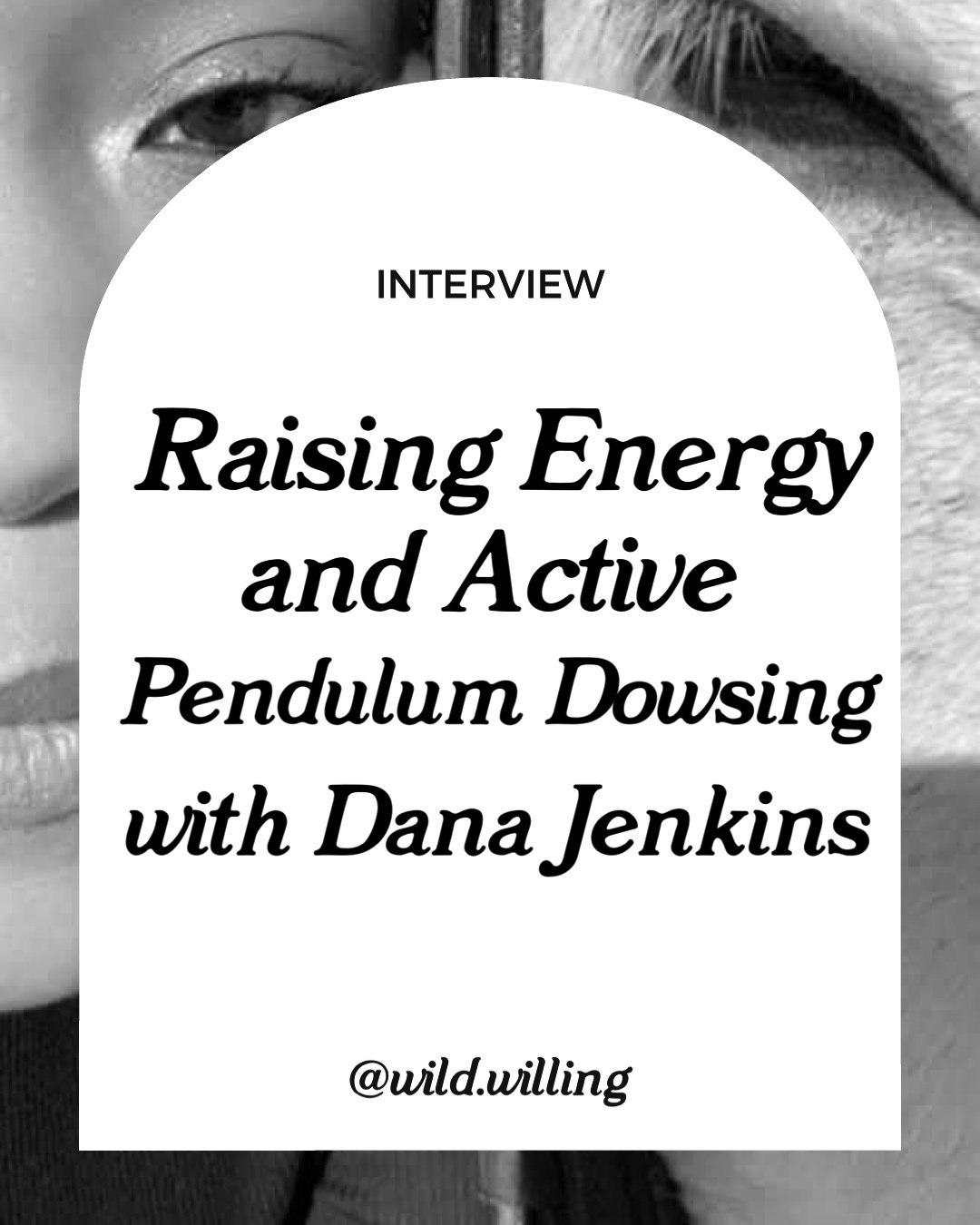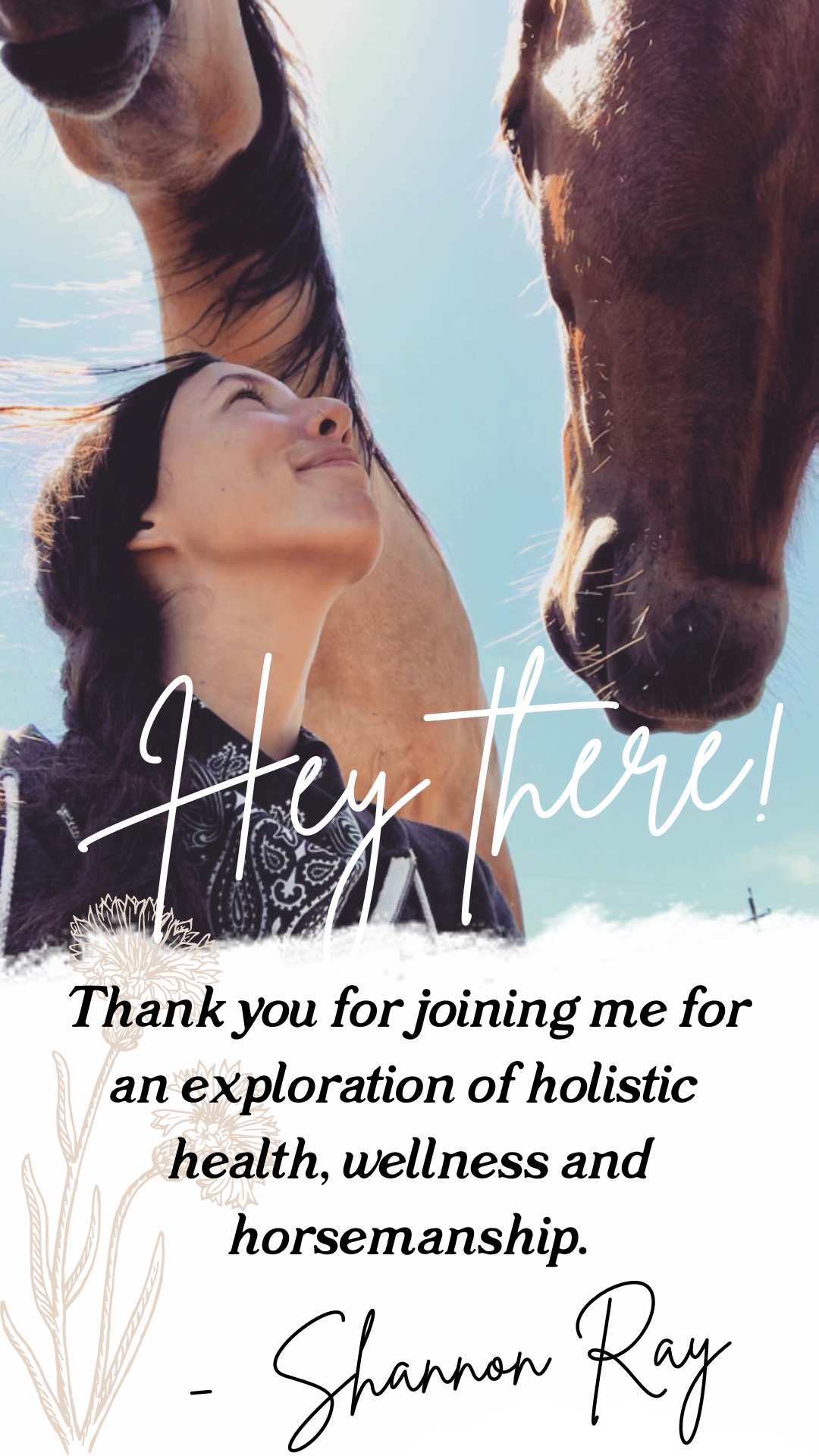Elemental Constitutions and Right Relationships
Our work in this life is to live in a way that brings balance to our elemental constitution.
Ayurveda teaches us that disease can be caused from becoming distorted from our true nature.
But first off, for those of you who have never heard of Ayurveda, it is an ancient tradition of medicine originating in India.
To give you some perspective, Ayurveda is at least as old as our ancient bonds with horses. Scholars say it could be older. But I like to think its origins were rooted in the same frame of time as when our ancestors began domesticating horses.
Ayurveda translates to mean simply “the science of life” or “wisdom of longevity”, as “ayur” means life or longevity, and “veda” means knowledge or wisdom.
Dr. Robert E Svoboda, a prominent Ayurvedic educator explains in his book Prakriti: Your Ayurvedic Constitution, that if there is a god, goddess, or deity of Ayurveda, it is Mother Nature.
Dr. Svoboda writes, “Nature and Her ways are truly inscrutable to mortals. You can set out in your life’s journey intent on heading west, but if She wills you to go east your road will wind around until you are pointing eastward.”
I don’t know about you, but I’ve experienced Nature “correcting me on my path” countless times.
We can do everything we can to “make things happen”, but if Nature has other plans for us, She’ll make them happen.
Nature always wins.
The key is, and what we’re really getting into in this post and episode #6 Elemental Constitutions and Right Relationships, is how to not be in conflict with Nature… our Nature and our horse’s to be exact.
You might have heard people talk about right relationships.
Right relationships can take on countless forms and expressions. But what they all have in common is they are a mutualistic form of symbiotic relationship. That means both individuals benefit from being in relationship.
There’s two overarching relationships that we have with Nature. The first is the relationship we have to the outer ecosystem, the outer universe that we are a part of. The second is the relationship we’re in with Nature within us.
Ayurveda has a word for the Nature within. It’s called prakruti, which literally translates to mean nature, and is also called our birth constitution.
Discovering Your Elemental Constitution
I have added in the word ‘elemental’ when talking about our birth constitutions, to remind us that the elements are an entry point for us to understand Nature’s language, and how She works.
When I say elemental, I don’t mean the periodic table of elements though. I’m talking about what Ayurveda calls the Five Great Elements, or panchamahabhutas.
The five elements are ether, air, fire, water, and earth.
And in Ayurvedic theory, the five elements pair together to form the three doshas, which are called Vata, Pitta, and Kapha.
Dr. Svoboda explains, the three doshas are “three forces, not substances” and that “the word dosha means ‘a thing that can go out of whack.’ When Vata, Pitta, and Kapha are out of balance with one another the system is bound to lose its own balance.”
Now, let’s get into the doshas:
Vata - ether + air
Vata governs kinetic energy, is most associated with the nervous system and spirit, and controls all body movement, ingestive, peristaltic, and respiratory actions in the body.
Pitta - fire + water
Pitta governs the balance between kinetic and potential energies, is associated with focus, perception, understanding and transformation, and controls all metabolic, digestive, and assimilative processes in the body.
Kapha - water + earth
Kapha governs potential energy, is associated with the physical tissues, and controls body stability, lubrication, biochemical functions, and downward motions in the body.
Don’t get tripped up if you aren’t familiar with Sanskrit, though. Just remember that Vata (ether + air) can be represented as Air. Pitta (fire + water) can be represented as Fire. And Kapha (water + earth) can be represented as Earth.
So what exactly IS a constitution?
Our constitution is formed in part through our prenatal development, the lifestyle of our mom as we developed, the health of our parents when we were conceived, and of course the genetics passed down from our biological parents. However, Ayurvedic philosophy also theorizes that our constitution is influenced by our soul, as when our soul incarnates, it brings its own blueprint for our life, and who we are with it.
According to Ayurveda, our constitution also never changes. It is set at the moment of our first breath, and stays the same until the moment of our last breath.
Now you are likely wondering HOW you find out YOUR constitution, and YOUR HORSE’S for that matter.
An Ayurvedic practitioner can read the constitution through the pulse. This is called Nadi Vijnanam. My teacher calls it the oldest form of blood cell analysis. You can’t exactly assess the complete blood count or cholesterol level from reading the blood, however you can read the prakruti, our birth pulse, and what’s called vikruti, our present pulse.
Vikruti actually means ‘distorted’. And while that sounds intimidating, our present pulse may only truly become distorted when our lifestyle is out of alignment with our elemental constitution.
The pulse is read on the radial artery on the inner wrist of humans, at the radial artery on the inner front limb of horses, or the femoral artery on the inside of the rear limb of dogs.
If you’re local to my region in Northern California, and are ready to take a deeper look at your elemental constitution, contact me to do a pulse reading!
If you’re not local, and still want to learn more, you’re in luck. I created a constitution quiz for humans and horses, which provides an individualized and in-depth assessment of your constitution. The quiz is free to Herd Members.
I believe that learning our constitutions doesn’t necessarily require a professional, though.
You know your body best, right? And if you’re genuinely listening to your horse, they won’t lie when they tell you about theirs.
After you hear about the different types, you’ll surely have an idea which type you resonate with, or seems most like your horse. Coming home to our true nature is about deeply listening to our innate wisdom.
The Three Doshas (Constitutional Types)
Vata - Air Constitutions
Vata constitutions are ruled by change, and are flighty, quick to move or change directions, and prone to anxiety and worry.
They run cold and dry
They are ruled by the senses of sound and touch (meaning they often have acute hearing and are sensitive to sound. They may pick up on high pitched frequencies that no one else around seems to hear. They usually also are not very touchy-feely, as they dissociate from their bodies, and are uncomfortable, jumpy in their own skin. Do not tickle them, they are already sensitive as it is!
Physically they are often petite, thin, very tall or very short, have irregular features, and do not put on weight easily
Their go-to stress response is flight. They leave their bodies easily. Physically they must move to get nervous energy out. They might pace, fidget, twitch, or with horses weave (these are also the cribbers!)
Pitta - Fire Constitutions
Pitta constitutions are ruled by focus, and are highly passionate and driven, and prone to anger and resentment.
They run hot and dry
They are ruled by vision and taste (they easily visualize everything they think about. They tend primarily to remember images, and use images to relate words and feelings together).
Physically they have moderate, muscular builds, they gain weight evenly, and don’t often have trouble gaining or losing weight, but they do gain muscle easily
Their go-to stress response is fight, and to react and confront the problem or stressor head-on. They are natural warriors. Don’t poke or underestimate the pitta horses.
Kapha - Earth Constitutions
Kapha constitutions are ruled by nourishment, are very compassionate and nurturing, and are prone to depression and grief.
They run cool and damp
They are ruled by taste and smell (I will simply say this: if you are having trouble motivating a horse who seems stubborn, dull, lethargic, or slow, FOOD REWARDS will be an absolute game changer).
Physically they have a solid frame, big bones, nourished, juicy tissues, fat padding, and may have trouble losing weight. These are the humans and horses who can supposedly look at food and gain weight, and sadly they often love food the most but are frequently on diets. But when they’re healthy, they naturally may have thicker tissue.
Their stress response is to freeze, shut down, withdraw, hold back, suppress, or deny emotions
Wondering where to go from here?
Using this knowledge of our elemental constitutions can bring us into even greater harmony with our horses through helping them cultivate their strengths, and being realistic about their weaknesses… as well as our own.
Join me at The Herd to explore your and your horse’s elemental constitution more deeply. Let’s be real, we may as well change horse training to human training, since horsemanship requires us to work on us.
Learning our constitution and how we can balance it in our everyday life is an essential part of that work.
Might as well get started NOW!











